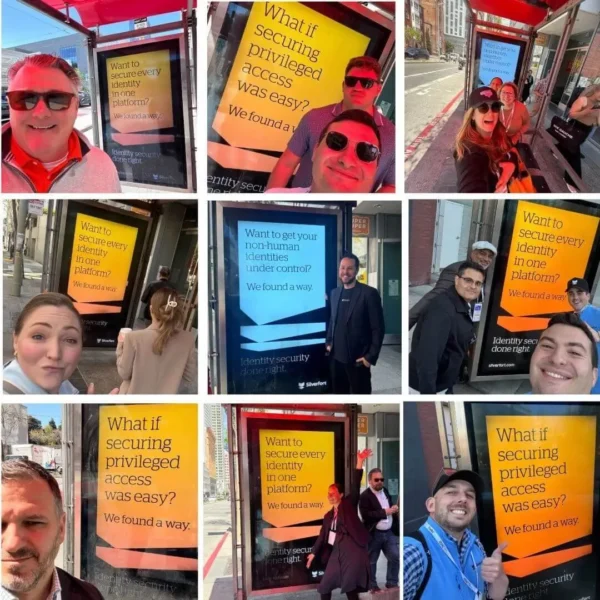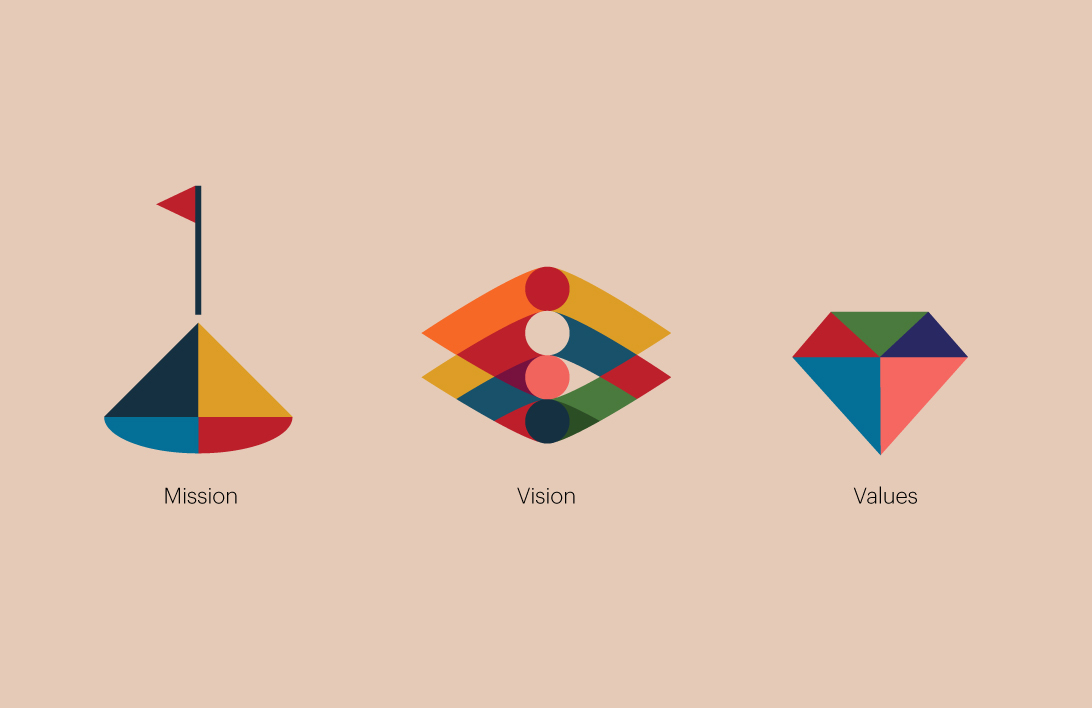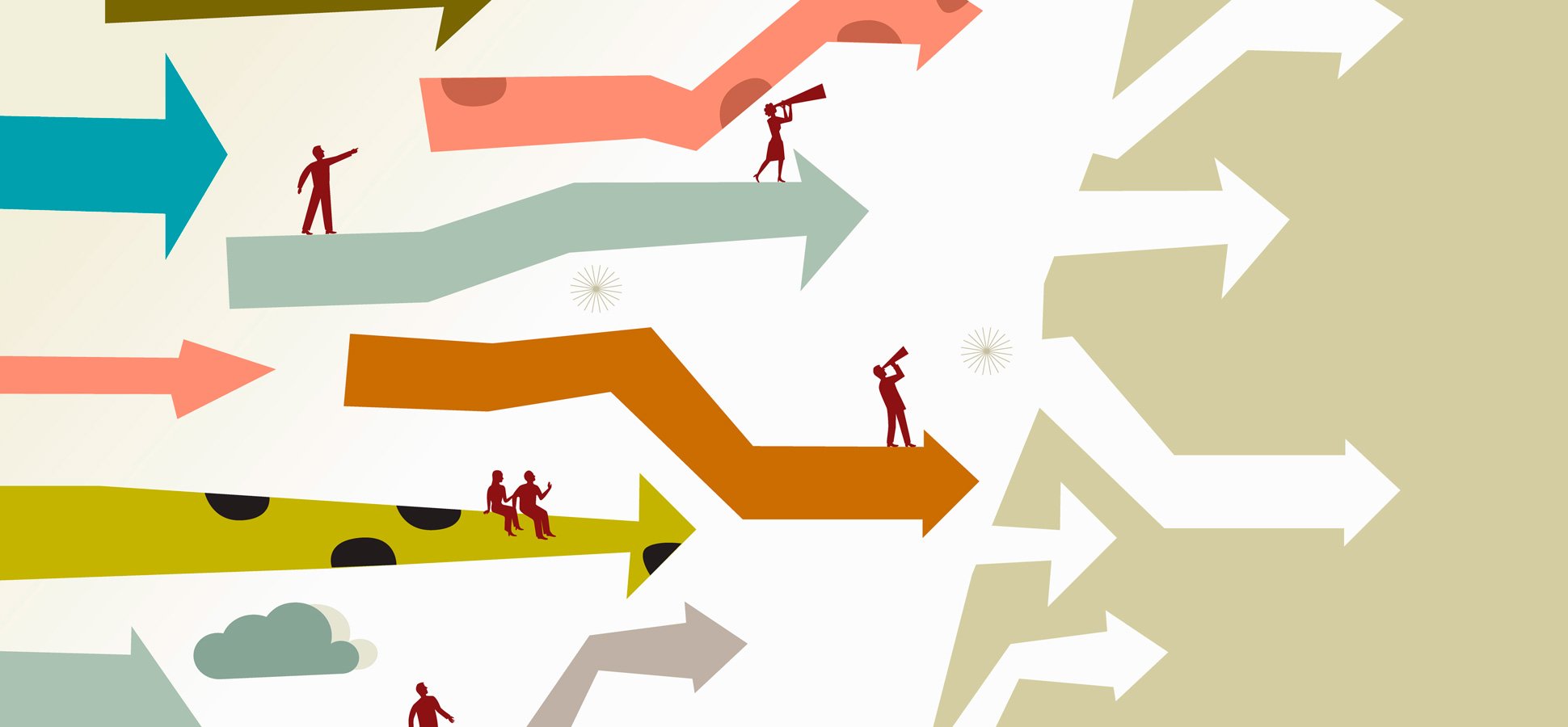That swirling sensation? It’s emotional whiplash from seesawing markets and topsy turvy headlines. Yet through it all, as a leader of business, brand, or culture, you must not only find your center, but rally and inspire others to keep moving forward.
So how do people do that?
In the throws of disruption, we don’t seek momentum in a spreadsheet. We turn inward, guided by what we truly believe—about how the world works, what’s possible for ourselves and others, and the nature of change.
Rising from our deeply held beliefs, internal narratives shape our decisions. They determine whether we forge ahead or swim in circles.
What Really Limits Growth
The classic goldfish analogy illuminates how self-limiting beliefs stifle our potential. It’s commonly said that the size of the goldfish is determined by the size of their environment—that they grow to their full 12-inch-ish size only when their habitat is expansive enough.
The truth is more nuanced. The growth potential of a goldfish is in fact curtailed by the poor, polluted water quality that inevitably results from too-small aquariums or bowls. Their environment turns toxic.
Applying this principle to leadership, the question becomes: Is your vision meaningful and bold enough to foster the shared belief and forward-looking mindset needed to fuel success and expand impact? Or does it limit creativity and stunt growth?
Yes, by this logic, your vision for the future is the goldfish habitat. The scale, daring, and ambition it represents (or lacks) all come together to set the bounds of what’s possible and expected, thereby dictating the emotional climate in which your team or organization operates. Just like water quality for our finned friends.
A Sink or Swim Moment for Leaders
Right now, it may be tempting to downsize your ambitions. At the macroeconomic level, markets are plunging one day, only to rebound the next. At the human level, the percentage of engaged employees is falling, a drop seen only twice in the past 12 years, in 2020 and 2024.
But this is a time for big thinking and rethinking. Because in an economy already shaken by constant change and disruption, those who stand still and scale back, frozen by fear, will be left behind when the economic growth steadies.
Applying the goldfish theory to your vision, you can test the waters and adjust accordingly.
Are your ambitions too small to allow your organization to thrive instead of merely survive? “Safe” doesn’t inspire innovation, confidence, or drive. And with so few possibilities in play, an undersized vision is too easily polluted by negativity.
Do you believe that in this time of change there is opportunity to regroup and reimagine? Your people can sense whether your vision is rooted in scarcity or abundance, and team behavior and outcomes are direct reflections.
Are you paying attention to how people are feeling, and how you want them to feel? It’s time to examine your beliefs—how they dictate your internal narrative and the bounds of the vision you share with the world. Be sure you’re generating emotional propulsion instead of pollution.














